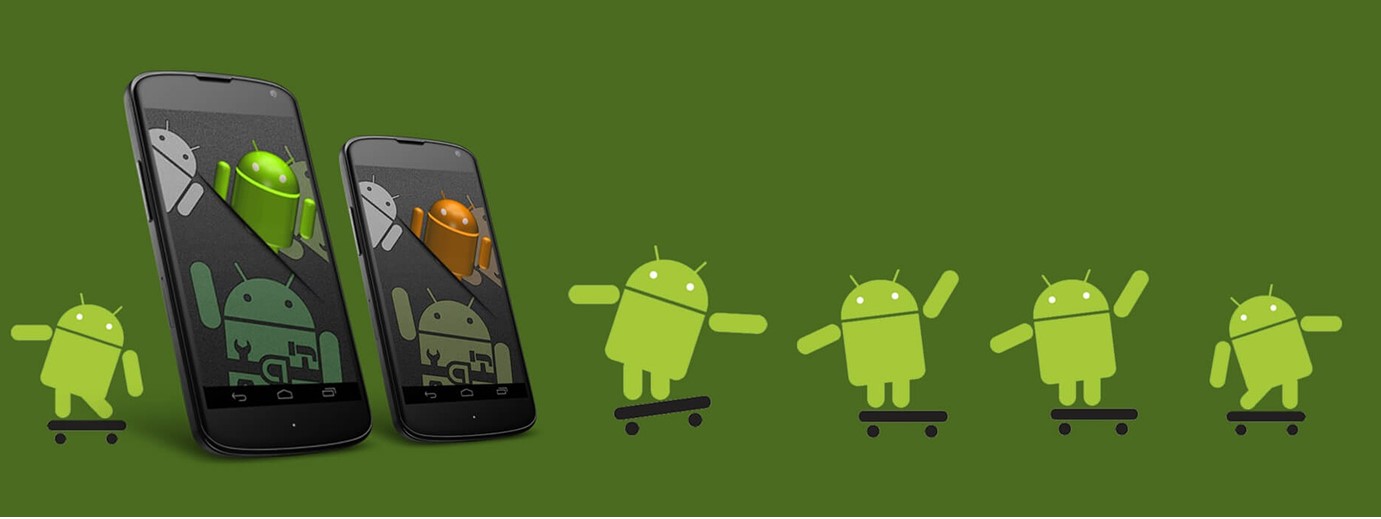Getting Started with Android App Development: A Comprehensive Guide

Are you interested in building your own Android app but don't know where to start? Look no further! This comprehensive guide will walk you through the process of getting started with Android app development. Whether you're a beginner or have some programming experience, this article will provide you with all the information you need to kickstart your journey in creating awesome Android applications.
Before we dive into the details, let's first understand what Android app development is all about. Android app development involves creating applications for devices that run on the Android operating system. With over 2.5 billion active Android devices worldwide, there has never been a better time to become an Android app developer.
1. Setting Up Your Development Environment
In this section, we will guide you through setting up your development environment. We will cover the installation of Android Studio, the official integrated development environment (IDE) for Android app development. By the end of this session, you'll have a fully functional development environment ready to create your first Android app.
2. Understanding the Basics of Java Programming
Before diving into Android app development, it's essential to have a basic understanding of Java programming. In this session, we will cover the fundamental concepts of Java, including variables, data types, control flow, and object-oriented programming. This knowledge will serve as a solid foundation for building Android apps.
3. Exploring the Android Architecture
To become an Android app developer, it's crucial to understand the Android architecture. In this session, we will explore the key components of the Android architecture, including activities, services, content providers, and broadcast receivers. Understanding these components will enable you to design and develop robust Android applications.
4. Creating Your First Android App
Now it's time to put your knowledge into action and create your very first Android app. In this session, we will guide you through the process of creating a simple "Hello, World!" app. You'll learn how to design the user interface, write the code, and run the app on an Android emulator or a physical device.
5. Working with User Interface Elements
Building visually appealing and user-friendly interfaces is a crucial aspect of Android app development. In this session, we will explore various user interface elements, such as buttons, text views, image views, and more. You'll learn how to arrange these elements using layouts and enhance the user experience with event handling.
6. Handling User Input and Navigation
Android apps often require user input and navigation between different screens. In this session, we will cover how to handle user input through text fields, checkboxes, radio buttons, and more. Additionally, we'll explore different navigation techniques, such as intents and fragments, to create seamless user experiences.
7. Working with Data Storage
In many Android applications, data storage is a critical aspect. In this session, we will delve into various data storage options available for Android app development. We'll cover topics like using shared preferences for small data, utilizing SQLite databases for structured data, and accessing content providers for sharing data between apps.
8. Networking and Web Services Integration
In today's interconnected world, integrating networking capabilities into your Android apps is essential. In this session, we will explore how to make network requests, retrieve data from web services, and handle responses. You'll learn about popular libraries like Retrofit and Volley that simplify the process of working with APIs.
9. Debugging and Testing Your Apps
Debugging and testing are crucial steps in ensuring the quality and stability of your Android apps. In this session, we will cover various debugging techniques and tools available in Android Studio. Additionally, we'll discuss different testing methodologies, including unit testing and automated UI testing, to catch and fix issues before releasing your app.
10. Publishing Your Android App
Congratulations! You've built an amazing Android app. Now it's time to share it with the world. In this session, we will guide you through the process of preparing your app for release. We'll cover signing your app, creating an app listing on the Google Play Store, and optimizing your app's visibility to reach a wider audience.
In conclusion, this comprehensive guide has provided you with a solid foundation to embark on your Android app development journey. From setting up your development environment to publishing your app, you now have all the necessary knowledge to create innovative and successful Android applications. So what are you waiting for? Start building your dream app today!

Post a Comment for "Getting Started with Android App Development: A Comprehensive Guide"
Terimakasih Telah Berkunjung Di Blog Ini, Jika Merasa Artikel Bermanfaat Jangan Lupa Untuk DiShare.
Atas Kerjasamanya Admin Mengucapkan Terimakasih.
----Katingo Take----